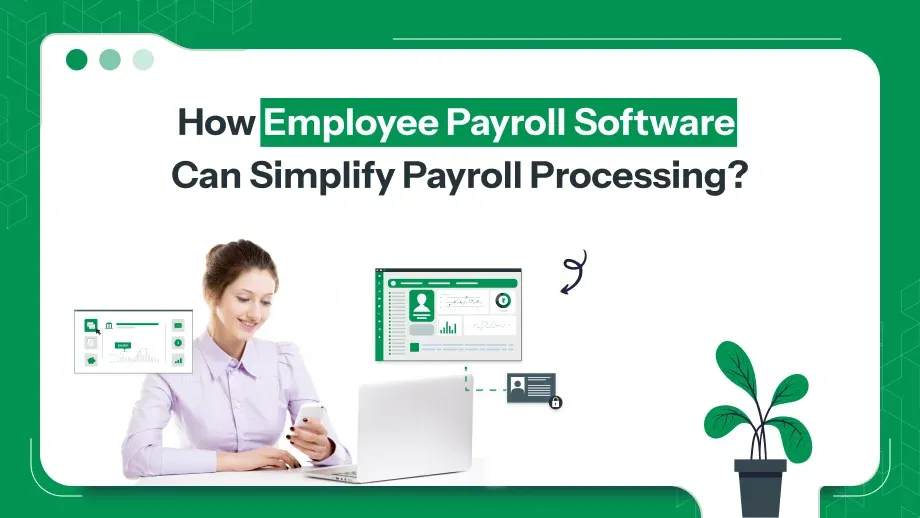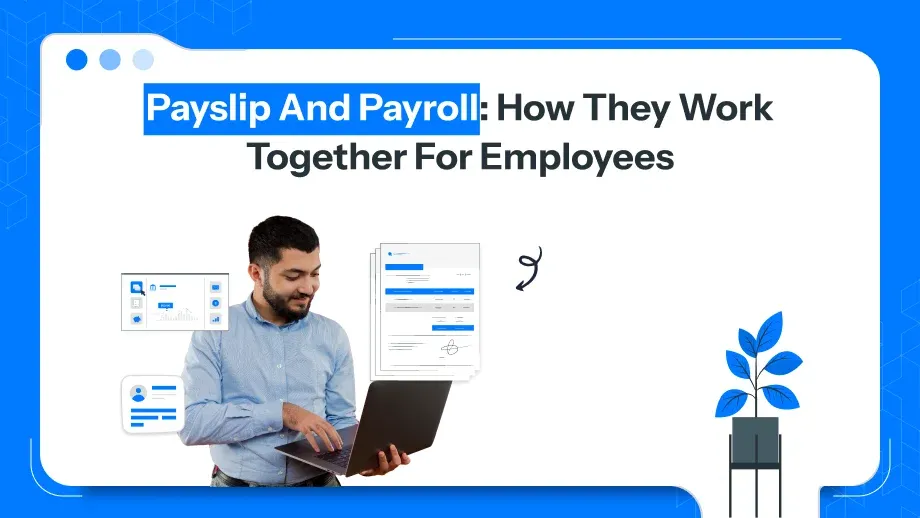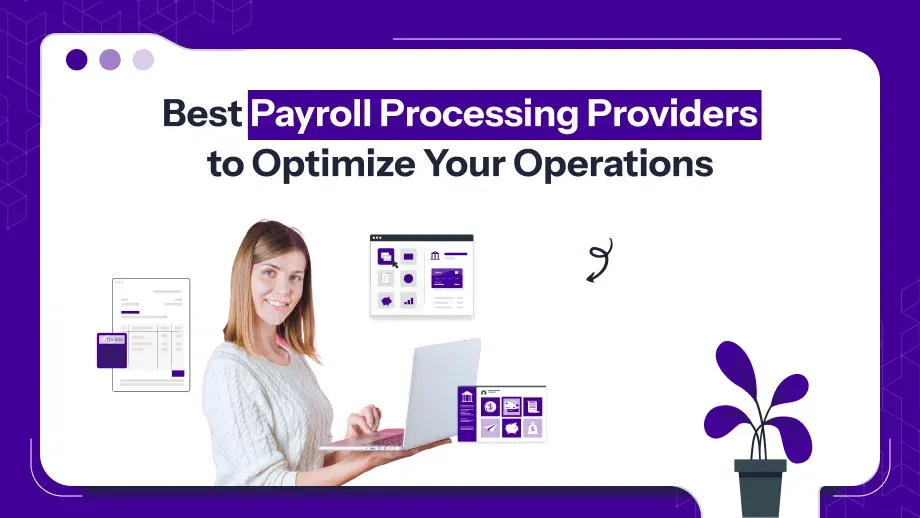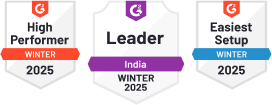
For small businesses, this transition from manual payroll to automated payroll systems can be daunting at first, but the initial investment in payroll employee software often pays for itself manyfold through efficiency and reduced risk. The payroll software can automatically calculate gross wages, deductions, tax withholdings, and benefits-all while ensuring the compliance of every paycheck to the latest tax laws and regulations.
It takes away the exhaustive time of carrying out the detailed hand calculations hence leaving a possible risk of incurring costly miscalculations which can culminate into losses through penalty, or even staff dissatisfaction.High volume business may necessitate its use of software to handle large payrolls employees for its expansive workforces taking into consideration payroll intricacies.
What is Employee Payroll Software?
Employee payroll software refers to a computerized tool meant to manage and automate the otherwise complex process of paying employees.It will help a business handle its payroll tasks, ranging from salary computation to tax deduction, issuance of payments, and generation of the necessary reports. It is one of the tools that businesses, regardless of size, should have to ensure accuracy, compliance, and efficiency in payroll processing.
Gone are those times when a firm had to tally the hours worked, and paychecks calculated by hand were filled on a ton of tax forms. The above tasks are done automatically by employee payroll software, thus significantly reducing the chance of human error, saving time, and making sure that employees are paid correctly and on time.
Key features of employee payroll software
The primary purpose of employing employee payroll management software is the simplification of payroll management. But its implementation will have hundreds of features by which functionality will enhance. Here are some of the key component features of payroll software:
Automatic Salary Calculation
Payroll software’s main objective is to automatically determine employee payroll software salaries and wages in line with their work hours, salary agreements, overtime, and bonuses. Software for payroll makes sure that workers are paid accurately each pay cycle through taking into account variables including wage rates, employee categories (exempt or non-exempt), and time worked.
Tax Management and Compliance
Calculating and withholding taxes is probably the most essential and critical nature of payroll management. Employee payroll software automatically and correctly applies federal, state, and local tax rates to stay compliant. For business owners and HR professionals looking for guidance on how to do taxes correctly, payroll software simplifies the process by automating tax calculations and filings, reducing the risk of errors and penalties. Many of these advanced systems also permit electronic filing of taxes, which augments efficiency and security during this process.
Deductions and Benefits Management
Besides tax, most employee payroll software have other benefits that are usually deducted from them. These may include health insurance, retirement plans, and garnishments. Setting up and running such deductions will not be an issue with the help of payroll software. Payroll software allows all benefit contributions to be computed correctly and properly deducted from an employee’s check. It may also be useful in tracking the accrual of paid time off (PTO) and sick leave.
Direct Deposit and Payment Options
Most employee payroll management software packages have a feature called direct deposit, where an employee’s pay is automatically put into his bank account on pay day. That eliminates the check, which used to be part of the whole payroll process and makes it possible for employees to receive their money conveniently and in a safe way. It may also accommodate a number of methods, such as checks or pay cards, as the business might require or allow its employees.
Employee Access to Pay Information
Employee self-service portals are usually linked with a payroll software that permits an employee to view his or her pay stubs and tax forms, such as W-2s, and other related benefits. This reduces the workload of HR teams involved in these processes.
Reporting and Analytics
Payroll software generates reports such as payroll summary, tax liability reports, the employee earnings among others. Businesses can monitor payroll costs as well as analyze labor costs due to its tools for analytics while preparing for auditors or doing financial planning by having the readiness of data and its presentation through reporting.
Transform your payroll process with advanced employee payroll software
Payroll software saves time and avoids costly mistakes!
How Employee Payroll Software Works?
This payroll software is designed for the automation of the entire process of payroll from start to end for businesses. Best Employee payroll software simplifies this otherwise complicated job of calculating wages, deduction of taxes, and processing benefits plus compliance with any local, state, or federal regulations.In the payroll process, it saves firms time by reducing errors and increasing payroll calculation accuracy.
Data Input and Employee Information Setup
Employee payroll software starts with the entry of basic information about each employee. This may include:
- Personal data (name, address, etc.)
- Tax data (Social Security number, tax filing status, exemptions)
- Pay type (hourly, salaried, commissions, bonuses)
- Benefit elections (health insurance, retirement contributions, etc.)
- Deductions (garnishments, child support, loan repayments)
Time Tracking and Attendance
Most payroll software for businesses integrates with a time-tracking system for employees paid on the hour. This will calculate the number of hours an employee worked, including overtime, sick leave, or vacation days. The data is collected either: manually. Employees or managers can fill in the total hours worked during the pay period.
- Automated Time Clocks: Automated time clocks will also be installed for employees to log in and log out via digital or biometric time clocks. The system automatically tracks their hours.
- Manual Entry:Some payroll systems even allow employees to request time off or view how much vacation time they have remaining through self-service portals.
Salary and Wage Calculations
The payroll software calculates all of these elements to ensure employees are paid accurately and in accordance with their contract terms.
- Regular wages based on the employee’s hourly rate or salary
- Overtime pay, which is typically calculated at a higher rate for hours worked beyond a certain threshold (often 40 hours per week)
- Commissions or bonuses for performance-based pay
- Shift differentials or other specialty pay for night shifts, holidays, etc.
Tax Computation and Deductions
With the gross pay computed, employee payroll software can also automatically compute tax deductions within the employees’ location and tax status. Commonly, taxes comprise the following tax categories:
- Federal income tax
- State income tax
- For a particular state
- Local or municipal taxes
- State-specific taxes applied in some states
- Social Security and Medicare (FICA)
Payroll software also includes net working deductions like retirement plan contributions or what is commonly known as 401k, pension, health insurance premiums, and voluntary deductions such as charitable contributions or life insurance.
Calculations of tax can sometimes be complex especially while dealing with a different state or region, this software takes care of this requirement by applying automatic up-to-date tax rates and regulations.
Other Deductions and Benefits
Employees often have other deductions and benefits outside of taxes. Employee payroll management software calculations these deductions:
- Health, dental, and vision insurance premiums
- Contributions to retirement plans, including 401(k) and pensions.
- Paid time off (PTO) accruals: vacation, sick leave
Garnishments: court-ordered deductions for child support or debts
These deductions are made automatically based on the employee’s benefits choices and any changes made to the program. For example, if an employee chooses another health insurance package or elects to participate in an FSA, the payroll software will modify the deductions.
Net Pay Calculation
After applying all the relevant taxes and deductions, the software computes the net pay, which is the actual amount to be paid to the employee after all the deductions have been considered. This net pay figure is the one an employee receives as take-home pay, and payroll software will ensure that such a figure is correct for every employee.
In special payroll scenarios such as partial pay for employees working only part of the pay period, or when an employee goes on unpaid leave, the software is able to manage.
Payment Processing
After the payroll has been calculated, the software would facilitate the final step of distributing the pay using the generated pay stubs. There are primarily two methods followed in this area:
- Direct Deposit: The employee’s net pays are automatically put into their banks by the software. This method is the quickest and safest compared to the printing of paper checks.
- Manual Checks or Pay Cards:For those who do not receive direct deposits, payroll software can print paper checks or load payments onto pay cards, which employees can use as a debit card.
Some systems can even handle payments for contractors or freelancers, so that the payment would normally be made in different forms such as checks or wire transfers.
Employee Self-Service
Most current employee payroll software also offers self-service portals that give employees access to their pay details. Workers are able to view and print their pay stubs, check their W-2 information for tax purposes, look at their benefits information, request time off, check their PTO equalizes, and alter private data like their address or tax withholding status. Employees have power over their salary data, and the administrative staff of the human resources division has less work to complete.
Report and Analytics
Lastly, the software produces several reports that help businesses track payroll data as well as possibly analyze compensation trends. Such reports may include the following;
- Payroll summaries for every pay period.
- Tax liability reports
- Payroll expenses year-to-date.
- Employee earnings reports.
- Reports on overtime and leave accrual.
The data is important for budgeting, financial analysis, audits, and compliance with internal policies and external regulations.
How to Select the Best Employee Payroll Software for Your Business?
Selecting the right employee payroll management software can be a tasking process. However, it can be much easier if one considers a few factors. This article discusses those factors.
Customization and Flexibility
Every business has different payroll requirements and, therefore, requires payroll software that can be configured with their specific needs. While evaluating, look for an application where you can give pay schedules, tax calculations, and setting up benefits administration as per your needs.
Ease of Use
This will help ensure the payroll processing for the HR team is simple enough that it will not require intense training to accomplish. The usability of a dashboard is going to be the differentiator when dealing with time saved on payroll activities.
Integration Capabilities
It is vital to ensure that your best employee payroll software has integration capabilities with other business systems like accounting software, HR platforms, and time-tracking tools. This means you can centralize all aspects of your business to minimize the risk of errors in the transfer of data between different systems.
Customer Support
Choose a payroll software provider that promises excellent customer support. You want to be able to call or email for help either in troubleshooting or explaining an issue to you, like the payroll regulations that are apparently so complicated.
Security and Data Privacy
Given the sensitive nature of payroll data, security is tops, ensure that the provider of your payroll software follows the best practices with regard to encryption and back-up, passwords and access.
Conclusion
Employee payroll software can be a very efficient way to improve the reliability and compliance of your payroll processes. With automation, enhanced reporting, and integration capabilities, it will help companies save time, reduce errors, and focus on growth. So when choosing employee payroll software, consider factors such as how easy it is to use, personalization options, and how well it scales to your business for implementing the appropriate solution.It automates complex payroll functions and saves time and money in payroll processing while making sure that the employees are paid accurately and on time.







